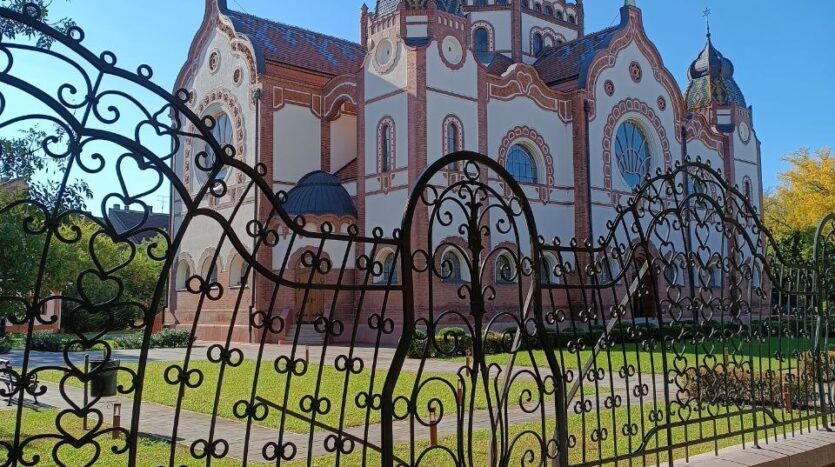How can traditional elements of Subotica’s architecture be integrated into contemporary design?
Subotica, a city of rich cultural and architectural heritage, is known for its unique Art Nouveau architecture that combines different styles and influences. As the world changes rapidly, the need to integrate traditional elements into contemporary design is becoming increasingly important. This article explores the ways in which traditional elements of Subotica’s architecture can be successfully incorporated into contemporary projects, thereby preserving cultural identities and enhancing the aesthetic value of urban space.
Preservation of cultural identity
One of the key aspects of integrating traditional elements into contemporary design is the preservation of cultural identity. Subotica is known for its colorful facades, richly decorated details and specific shapes of windows and doors. These elements not only tell the story of the city’s history, but also contribute to its unique character. Contemporary architects can use these traditional forms as inspiration, creating new buildings that reflect the spirit of Subotica, but also meet modern functional requirements.
Incorporating traditional materials, such as brick, wood, and ceramics, can further reinforce the bond between new and old. For example, using locally produced materials can contribute to sustainability and reduce the environmental footprint, while preserving authenticity. This approach not only enriches contemporary design, but also creates a space that is in harmony with local traditions and culture.
In addition, it is important to involve the local community in the design process. Through workshops and consultations, architects can gather ideas and suggestions from residents, ensuring that new projects reflect the wishes and needs of the community. This participatory approach can contribute to strengthening the identity and pride of the local population, further strengthening the link between tradition and contemporary design.
Aesthetic and functional synergy
Contemporary design often tends towards a minimalist approach, while the traditional elements of Subotica’s architecture offer a wealth of details and decorations. These two approaches can be combined through careful planning and creative thinking. For example, architects can use traditional decoration as accent elements in modern buildings, creating a visual dynamic that draws attention while respecting the historical context.
Functionality is another important aspect that must be taken into account. Contemporary design often requires open spaces and flexible layouts, while traditional elements can bring warmth and character. By using traditional elements such as balconies, terraces or arcades, architects can create spaces that are not only aesthetically appealing, but also functional for the modern lifestyle.
In addition, the integration of traditional elements can contribute to improving the energy efficiency of buildings. For example, using windows with a specific shape and layout can provide better natural lighting and ventilation, reducing the need for artificial light sources and air conditioning. This approach not only improves the quality of life, but also contributes to the sustainability of urban space.
Technological innovations and traditional elements
In modern architecture, technology plays a key role in shaping spaces. The integration of traditional elements of Subotica’s architecture can be achieved through the use of modern technologies that enable the preservation and restoration of old buildings. For example, the use of 3D scanning and digital modeling can help accurately reconstruct traditional details, thereby ensuring their authenticity and quality.
Also, modern construction techniques allow architects to combine traditional forms with modern materials and technologies. The use of prefabricated elements can speed up the construction process, while at the same time allowing the traditional appearance to be preserved. This approach can be especially useful in the renovation of old buildings, where it is important to preserve the historical character, but also to improve functionality.
Lastly, technology can play a key role in promoting and educating about traditional elements of architecture. Through virtual tours, apps and interactive platforms, citizens and tourists can learn more about Subotica’s rich architectural heritage, thus encouraging interest in preserving and integrating these elements into contemporary design.
The integration of traditional elements of Subotica’s architecture into contemporary design is a challenge, but also an opportunity to preserve cultural identity and improve urban space. Through careful planning, the use of local materials, and community involvement, architects can create spaces that reflect the city’s rich history while meeting modern functional requirements. This synergy between tradition and contemporary design can contribute to sustainability, aesthetic value and quality of life in Subotica, ensuring that the city remains relevant and attractive for future generations.




